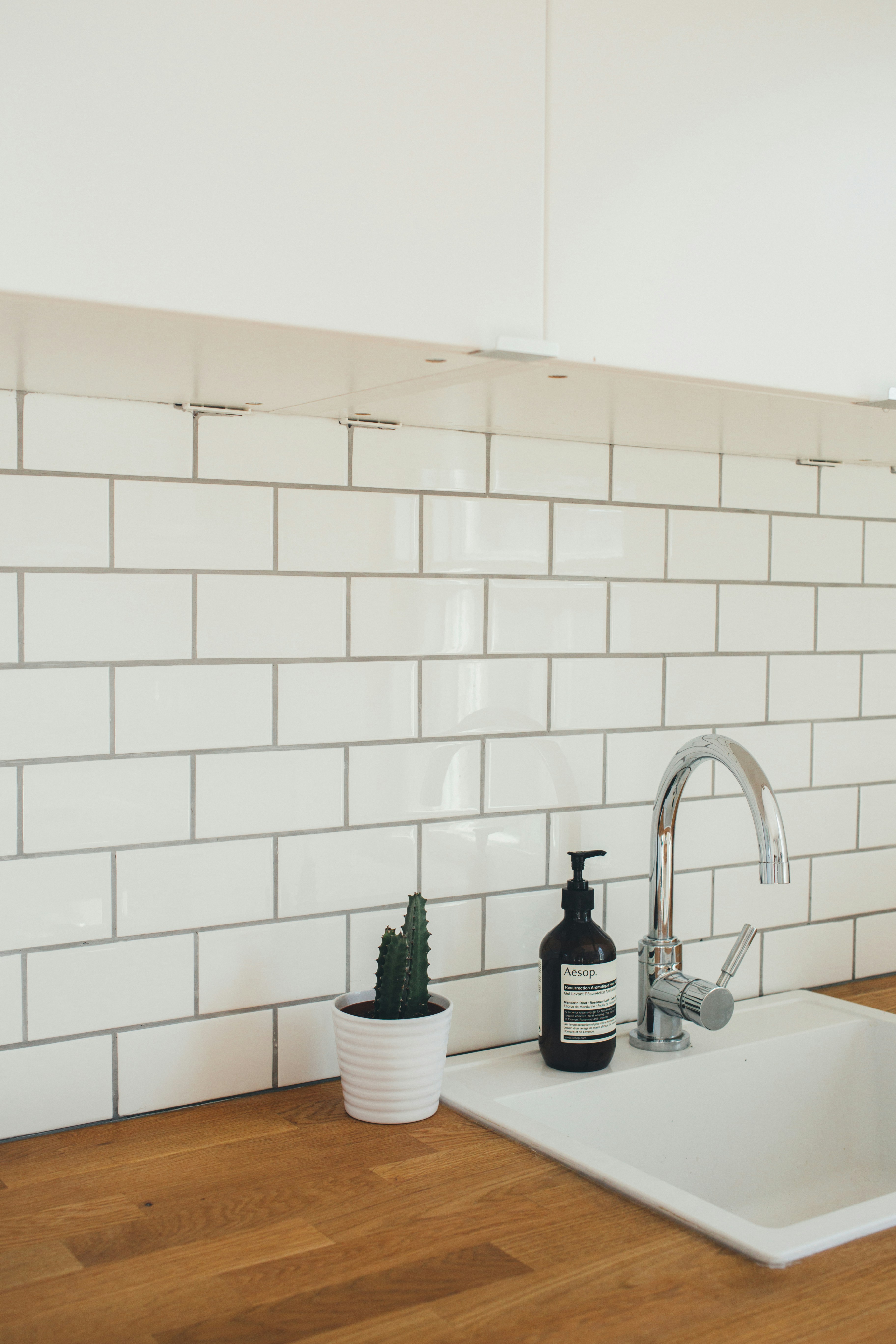Do people have real or artificial plants in their house?
Adding plants to your home boosts aesthetics and liveliness while matching any décor style.
Real and fake plants both bring greenery to homes, but their benefits differ.
Choosing between real and fake plants can shape your living space significantly. Discover how to blend them seamlessly for a natural, low-maintenance environment.
Is it better to have real or fake plants in house?
Real plants offer natural beauty, while fake plants provide low-maintenance greenery.
Real plants improve air quality; fake plants require no care.
Real plants thrive with proper care, but they can be demanding. Fake plants offer longevity and visual appeal without watering or sunlight. Both options enhance indoor spaces, but lifestyle and maintenance preferences often dictate the best choice.
Key Differences Between Real and Fake Plants
| Feature | Real Plants | Fake Plants |
|---|---|---|
| Maintenance | Requires watering and sunlight | No care required |
| Longevity | Dependent on care | Lasts for years |
| Air Purification | Yes | No |
| Cost | Higher in the long term | One-time cost |
| Appearance | Varies by health and growth | Consistent |
Learn more about mixing real and fake plants for home decor.
Do people still use fake plants?
Fake plants are increasingly popular due to quality improvements and convenience.
Fake plants are trending in modern home décor.
People use fake plants to brighten dim corners or reduce the hassle of plant care. Modern designs make them look realistic and appealing. Interior designers recommend mixing fake plants with real ones for balanced aesthetics.
Why Are Fake Plants Trending?
- Minimal Maintenance: Perfect for busy lifestyles.
- Durable in Any Environment: No risk of dying from lack of light or water.
- Cost-Effective: One-time purchase for long-term décor.
Check out the best artificial plants for your home on Good Housekeeping.
Should I have real plants in my room?
Real plants improve mood and air quality in living spaces.
Plants enhance wellness and purify indoor air.
Keeping real plants in rooms can reduce stress and promote better air quality. However, they require adequate light and attention. Assess the room’s lighting conditions and your commitment to care before adding real plants.
Best Plants for Bedrooms
| Plant | Benefits |
|---|---|
| Snake Plant | Purifies air at night |
| Peace Lily | Improves humidity |
| Spider Plant | Removes toxins from the air |
Explore more benefits of real plants at home on Healthline.
How can you tell if a plant is real or fake?
Examining texture and color helps distinguish fake plants from real ones.
Fake plants often have uniformity; real plants show imperfections.
Real plants exhibit unique growth patterns, while fake plants have repetitive designs. Look for fine details, such as new growth, soil texture, and flexibility, to determine authenticity.
Tips to Differentiate Real from Fake Plants
- Touch the Leaves: Real leaves feel organic, while fake ones may feel plasticky.
- Check the Soil: Real plants have moist, natural soil.
- Look for Imperfections: Real plants grow unevenly, while fake plants are symmetrical.
Guide to identifying real vs. fake plants on Country Living.
Do bugs live in fake plants?
Bugs are attracted to real plants but generally avoid fake plants.
Fake plants do not host pests like real plants do.
Real plants can attract bugs due to soil moisture and organic matter. Fake plants eliminate this issue, making them ideal for pest-free décor. However, dust can accumulate, requiring occasional cleaning.
Maintaining Clean Fake Plants
- Dust Regularly: Prevents buildup on leaves.
- Wipe with Damp Cloth: Ensures plants stay vibrant.
- Use Air Blower: Clears tight spaces and intricate designs.
Learn how to clean fake plants effectively on Real Simple.
Conclusion
Both real and fake plants enhance home aesthetics. The choice depends on maintenance preferences and desired benefits. Mixing both types can create visually pleasing, low-maintenance interiors.








